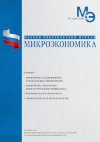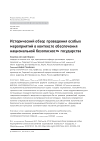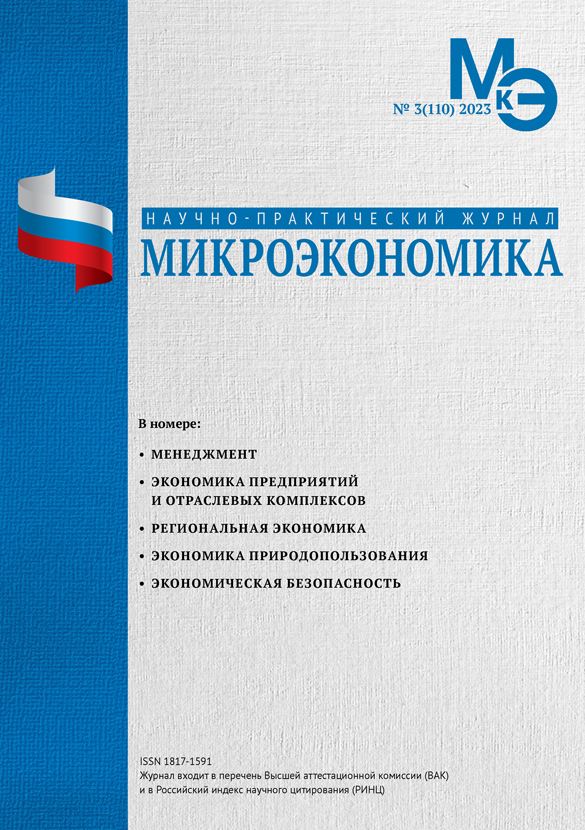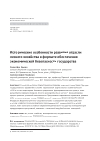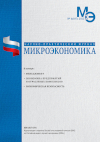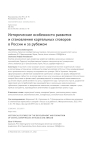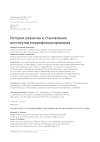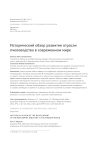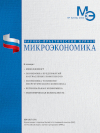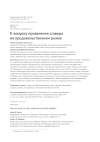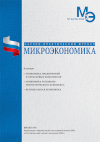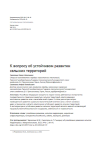Mechanism for decriminalization of forestry
DOI: 10.33917/mic-4.123.2025.106-110
There are currently many problems in forestry, including deep-rooted problems in the form of illegal logging, corruption in the division of forest resources and the growth of organized crime. Regions where logging is almost the only source of livelihood for the population are particularly susceptible to these problems. The perception of forest resources as simple raw materials that bring quick profits, rather than as a valuable ecosystem that creates a climate balance, leads to negative consequences leading to the depletion of national wealth. The existing methods of assessing the level of the shadow economy of forestry cannot provide a comprehensive picture, as well as determine the indicators that most affect latent crimes in the field of forestry. The authors propose a methodology for determining the shadow economy of forestry, followed by strategic measures to improve the economic security of forestry.
References:
1. Brief edition of «Russkaya Pravda». Russian legislation of the 10th-20th centuries. Vol. 1. Moscow, 1984. p. 38.
2. Kuramshin V.Ya. Brief history of forestry in Russia. Forest Bulletin. 2019;2:50-52.
3. Criminal Code of the Russian Federation of 13.06.1996 No. 63-FZ (as amended on 27.12.2019). URL: https://base.garant.ru/10108000/
4. Forest Code of the Russian Federation of 04.12.2006 No. 200-FZ (as amended on 04.08.2023 Federal Law No. 486). URL: https://base.garant.ru/12150845/
5. Konstantinov A.V. Subject – object structure of economic security in the forestry sector of the economy. Socio-economic phenomena and processes. 2025;10(5):30-35.
6. Myasnikov D.A. Tools and methods for determining the scale of the shadow economy in the forestry complex: Abstract of Cand. Sci. (Econ.) Dissertation. Irkutsk, 2009. 23 p.
7. Tolpyshev G.V. Economic formats for identifying latent crimes in the activities of forestry organizations. Abstract of Cand. Sci. (Econ.) Dissertation. Perm, 2020. 23 p.
8. Pinaev I.Yu., Svetlakov A.G. Methodological approaches to determining the level of the shadow economy in forestry. Microeconomics. 2025;1(120):86-91.








